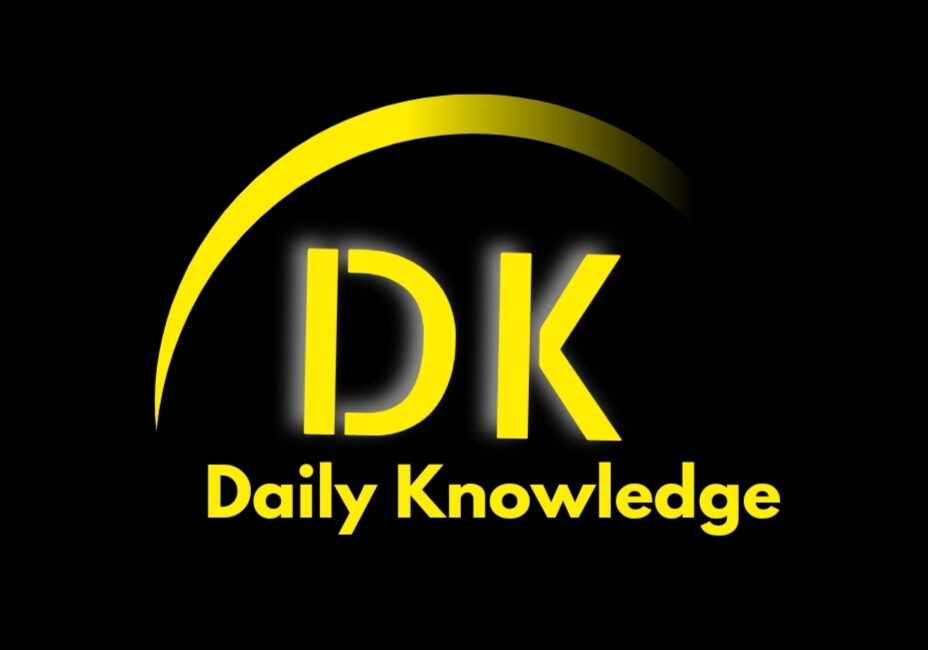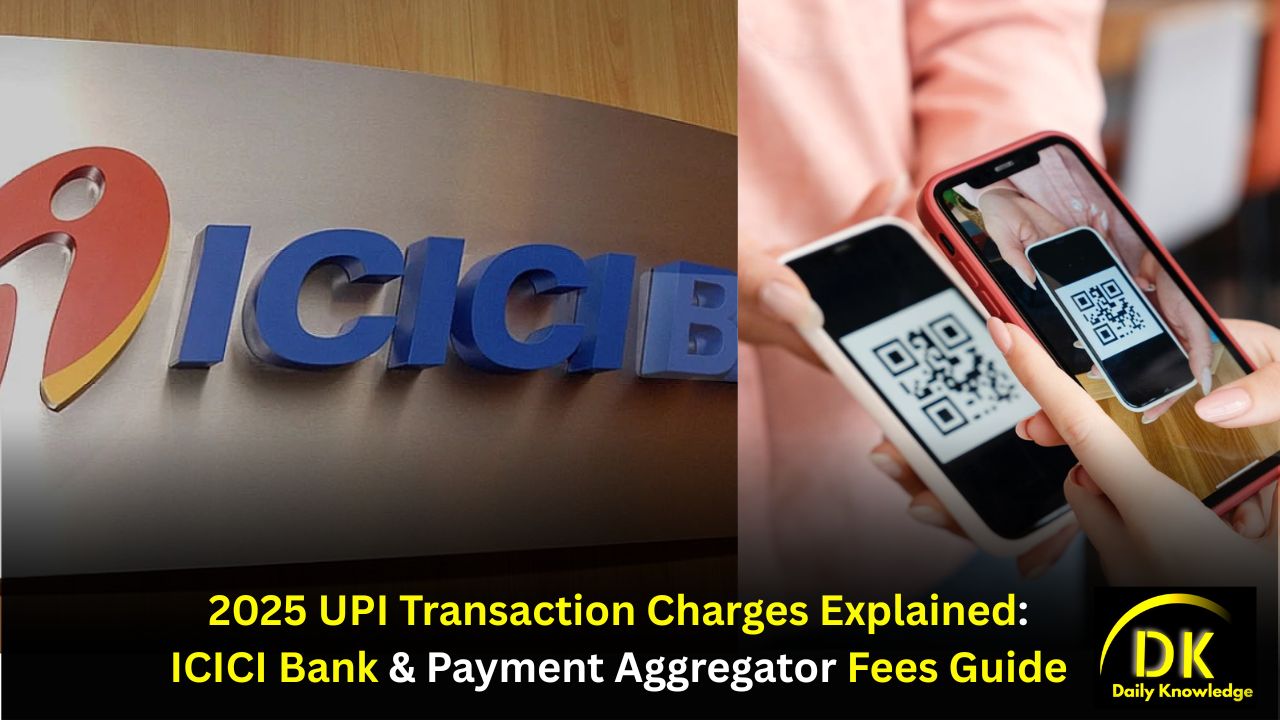The latest 2025 UPI transaction charges by ICICI Bank on payment aggregators. Learn how these fees impact merchants and users, and get expert tips to avoid UPI charges. Stay updated on UPI zero MDR rules and payment aggregator fees with our complete guide. 2025 UPI Transaction Charges Explained: ICICI Bank & Payment Aggregator Fees Guide.
Introduction: 2025 UPI Transaction Charges
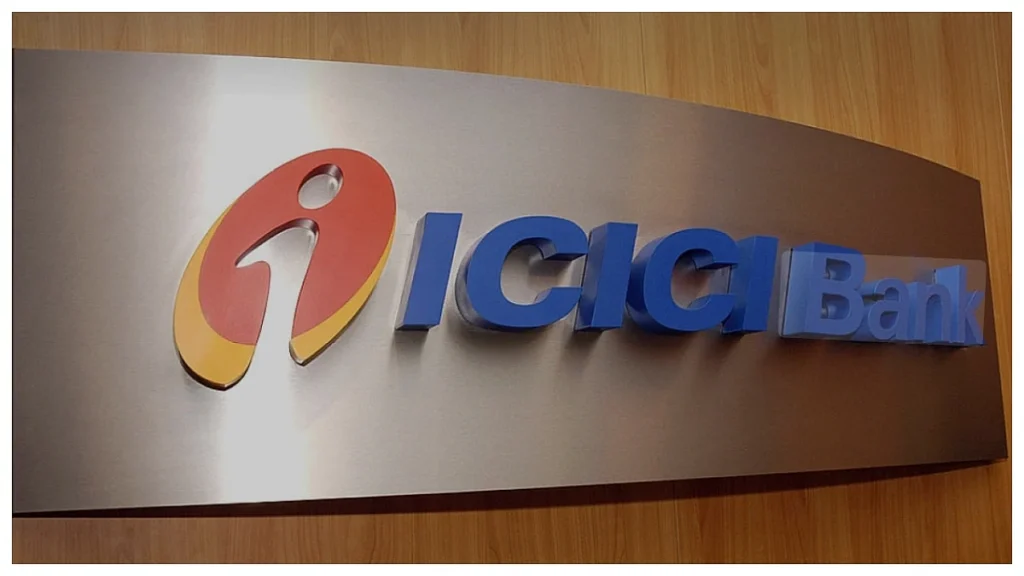
India’s UPI (Unified Payments Interface) ecosystem has seen rapid transformation—and with recent announcements from ICICI Bank, Yes Bank, and Axis Bank, there’s fresh debate about the “true cost” of digital payments.
As major banks start levying charges on payment aggregators (PAs) for UPI transactions, merchants, aggregators, and fintech professionals are eager for clarity about the new fee structure, its impact, and what it means for the future of UPI payments.
This article answers the most pressing questions and explores every facet of the new bank charges on UPI routed via payment aggregators, while highlighting the crucial SEO keywords for maximum relevance in 2025: “UPI transaction charges 2025,” “ICICI Bank UPI fees,” “payment aggregator UPI charges,” “merchant UPI transaction rules,” and “UPI zero MDR.”
What Are the New UPI Transaction Charges for Payment Aggregators in 2025?
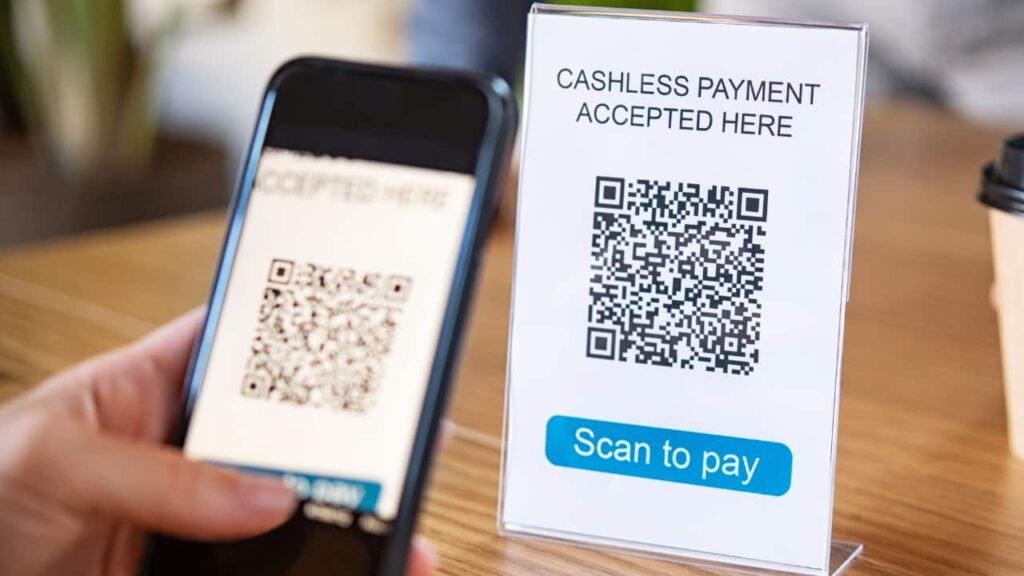
Effective August 1, 2025, ICICI Bank, India’s third-largest private sector bank, began charging payment aggregators a transaction fee for UPI settlements, following the lead of Yes Bank and Axis Bank. This fee is not imposed on end-users or individual merchants but specifically targets companies facilitating UPI collections and settlements online.
ICICI Bank UPI fees for Payment Aggregators:
- 2 basis points (0.02%) per transaction for PAs with an escrow account at ICICI Bank (capped at ₹6 per transaction).
- 4 basis points (0.04%) per transaction for PAs without an escrow account (capped at ₹10 per transaction).
- No charges for transactions directly settled into a merchant’s ICICI Bank account, regardless of the aggregator used.
Who Are Payment Aggregators and Why Are Banks Charging Them?
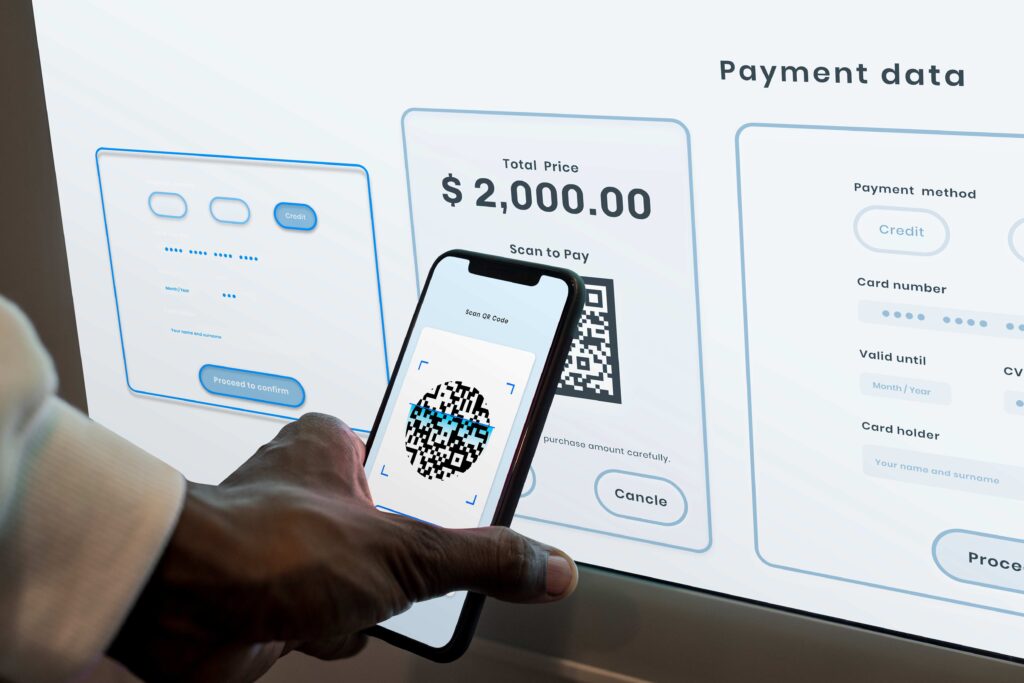
Payment aggregators—such as PhonePe, Paytm, and Razorpay—are third-party platforms enabling online and offline merchants to accept digital payments, including UPI. Banks provide backend rails, security, and reconciliation for these platforms.
With UPI transaction volumes now in the billions monthly, banks’ operating costs for maintaining seamless, real-time digital transactions have soared, even as the UPI zero-MDR (Merchant Discount Rate) policy means banks earn nothing from the end user or merchant side.
Why Are the Fees Being Introduced Now?
- Rising Backend Costs: Processing, technology infrastructure, cybersecurity, integration, and compliance incur significant expenses for banks.
- NPCI Switch Fees: The National Payments Corporation of India charges a switch fee to banks for UPI routing, which some banks began passing on.
- Zero-MDR Mandate: The government requires that UPI remains free for end-users and merchants, so banks are unable to recover costs via the traditional MDR model.
Applicability: Who Will Pay the New UPI Charges?

- Payment Aggregators: The charges apply ONLY to payment aggregators facilitating UPI collections and settlements.
- Merchants Settling Directly to ICICI Bank: Exempt—if a merchant has a direct settlement arrangement with ICICI Bank, these fees do not apply.
- End Users and Individual Merchants: Continue to enjoy UPI payments at zero cost. No direct fees apply for consumers or for small merchants who use basic UPI settlements.
How Do the New UPI Charges Work?
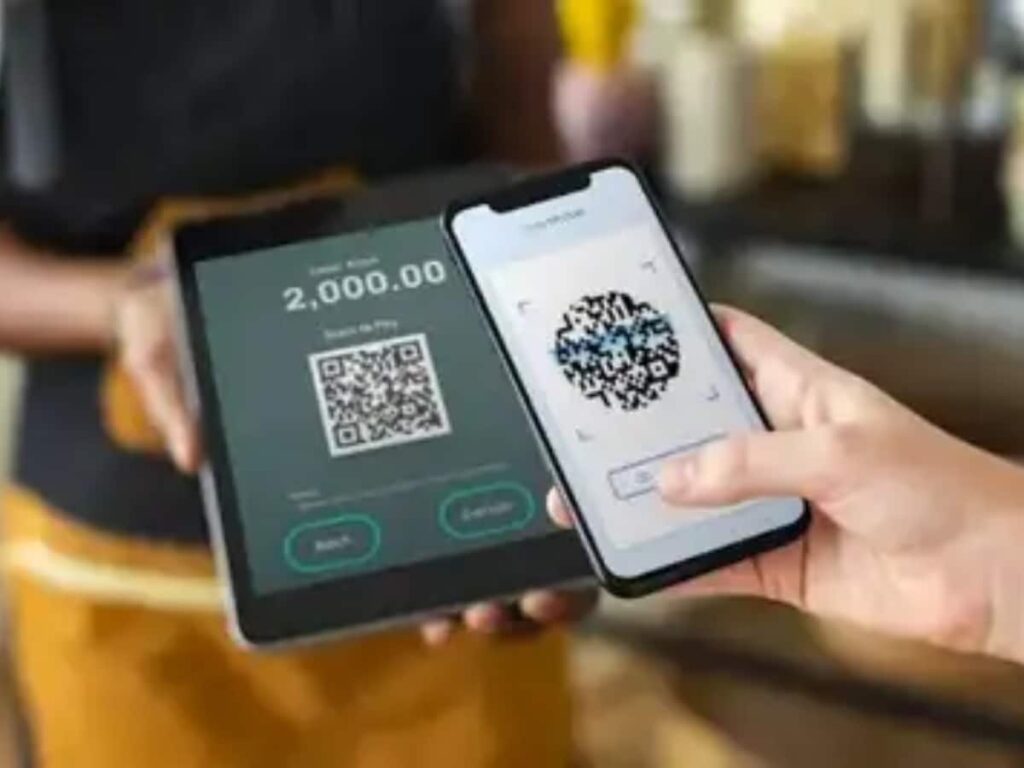
Suppose an online merchant receives a ₹10,000 UPI payment routed via a payment aggregator:
- Aggregator with ICICI Escrow Account: Fee is 2 basis points = ₹2 (capped at ₹6).
- Aggregator without ICICI Escrow Account: Fee is 4 basis points = ₹4 (capped at ₹10).
- Direct ICICI Merchant Account: No fee applied to the aggregator or merchant for transactions settled directly into the merchant’s ICICI Bank account.
Will RBI charge a monthly fee for UPI?
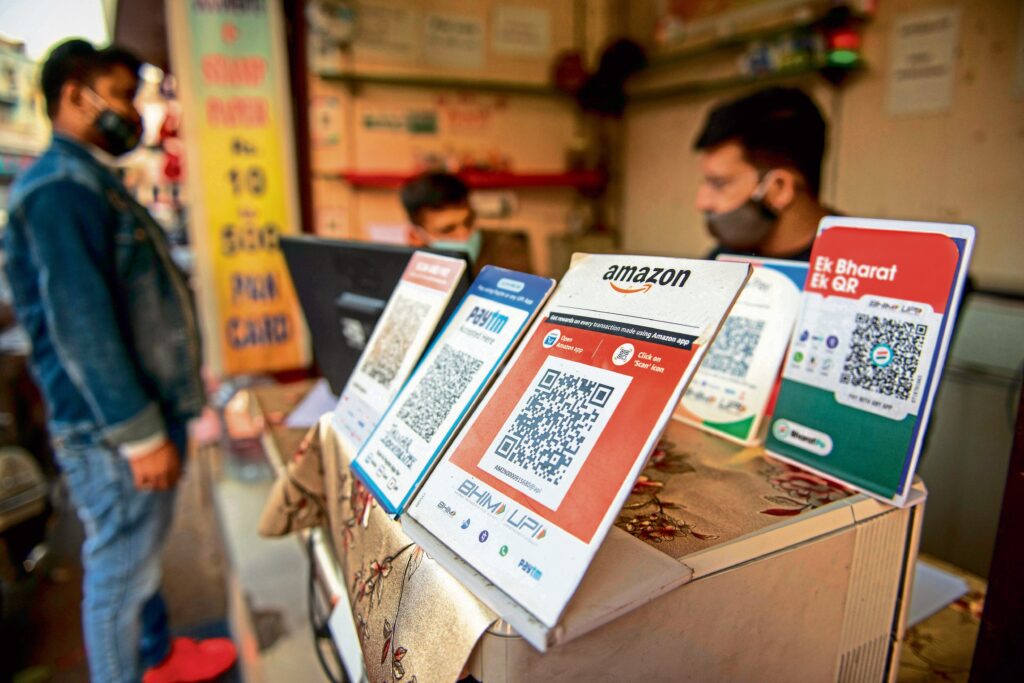
- The Reserve Bank of India (RBI) does not currently charge any monthly fee for using UPI (Unified Payments Interface) for individuals.
- UPI transactions remain 100% free for users—including peer-to-peer (P2P) and peer-to-merchant (P2M) payments made directly from bank accounts, regardless of the amount.
- The no-fee model is sustained by government subsidies to banks and payment platforms to support the vast digital payments ecosystem.
- While the RBI Governor has suggested that UPI “may not stay free forever,” there is no official announcement of any monthly or recurring charges for users as of August 2025.
- Merchants using digital wallets (PPIs) for UPI payments above ₹2,000 are subject to interchange fees, but these charges apply to merchants, not individual users.
- There are no hidden monthly, annual, or maintenance fees for personal UPI transactions—all major UPI apps and partner banks in India continue to offer the service without cost to users.
- Banks may impose their own limits on UPI usage (daily, weekly, or monthly transaction caps), but this is separate from any central RBI-mandated fees.
- Any change to fee structures or the introduction of a monthly charge would require RBI and NPCI to issue an official notification, which has not happened as of now.
- In summary: As of August 2025, using UPI for personal payments in India does not involve any monthly fee from RBI or NPCI, and it remains a free service for end users, ensuring high adoption and promoting a cashless economy.
UPI Transaction Fee & Charges 2025: Top 7 RBI Updates You Can’t Ignore
Are all UPI transactions subject to this fee?
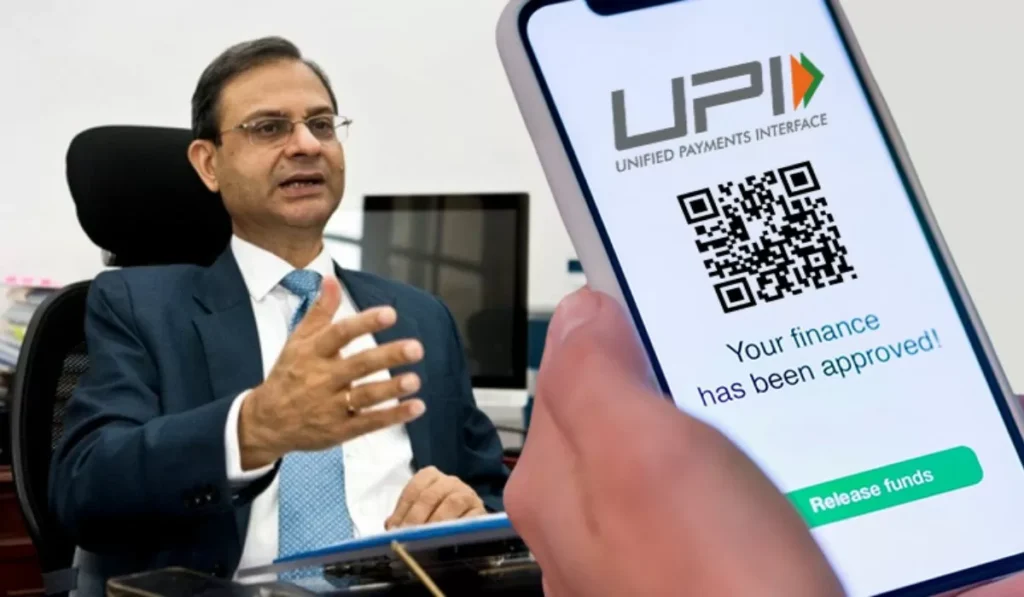
- Not all UPI transactions are subject to the new fee introduced by banks like ICICI Bank. These charges apply specifically to UPI transactions routed through payment aggregators (PAs), such as PhonePe, Paytm, and Razorpay, who facilitate payments for merchants.
- Transactions settled directly into a merchant’s ICICI Bank account are exempt from these charges. This means if a merchant receives UPI payments directly in their ICICI Bank business account, no transaction fee is levied on the aggregator or merchant.
- End users (customers) making peer-to-peer (P2P) or peer-to-merchant (P2M) payments do not pay any fee, and these personal UPI transactions remain free and unaffected by these backend aggregator charges.
The fee applies only to aggregators based on their escrow account relationship with the charging bank. For example, ICICI Bank charges:
- 2 basis points (0.02%) per transaction with a ₹6 cap for aggregators having an ICICI escrow account.
- 4 basis points (0.04%) per transaction with a ₹10 cap for aggregators without an escrow account at ICICI.
- The purpose is to recover processing and infrastructure costs from intermediaries, not to charge end users or direct merchant settlements, aligning with the government mandate of zero Merchant Discount Rate (MDR) on UPI.
- Other banks like Yes Bank and Axis Bank have similar fee structures targeting payment aggregators, not all UPI transactions.
- In summary, only UPI transactions processed through payment aggregators are subject to these fees, while direct bank settlements and user-initiated transfers remain fee-free, preserving UPI’s core value of no cost to the end user.
How to avoid UPI charges?
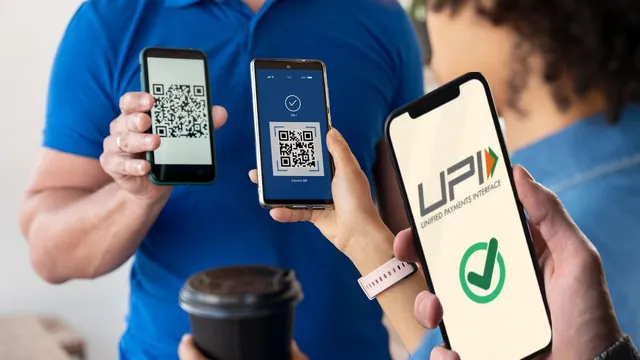
- To avoid UPI charges, focus on conducting bank account-to-bank account UPI transactions, as these remain completely free for individuals under NPCI rules in 2025. No fees apply to personal peer-to-peer (P2P) and peer-to-merchant (P2M) payments made directly through bank accounts.
- Avoid using UPI payments routed through digital wallets or prepaid payment instruments (PPIs) for transactions above ₹2,000, as merchants bear interchange fees on such payments which may indirectly affect costs. Stick to direct bank transfers to merchants to bypass these fees.
- For merchants, consider settling payments directly into a bank account at ICICI Bank or other banks that exempt direct settlement fees, instead of routing through payment aggregators who are now charged fees by some banks like ICICI, Yes Bank, and Axis Bank[Previous conversation].
- If using payment aggregators is necessary, negotiate with your payment service providers to reduce or waive UPI-related processing fees or explore plans that offer better rates.
- Keep transaction values below ₹2,000 when using wallet-based UPI payments, since interchange fees apply primarily to wallet transactions exceeding this amount.
- Review your UPI transaction workflows to ensure compliance with the latest NPCI and RBI rules, avoiding unnecessary steps that may incur backend fees.
- Monitor updates from NPCI and your bank for any changes to UPI fee structures to stay ahead and adjust your payment acceptance strategies accordingly.
- In summary, use direct bank-to-bank UPI payments, minimize wallet-based transactions over ₹2,000, leverage direct merchant bank accounts, and negotiate with aggregators to effectively avoid UPI charges[Previous conversation].
- These best practices ensure seamless and cost-free UPI transactions for both individuals and merchants while adapting to the evolving regulatory environment.
Impact on Payment Aggregators, Merchants, and Consumers
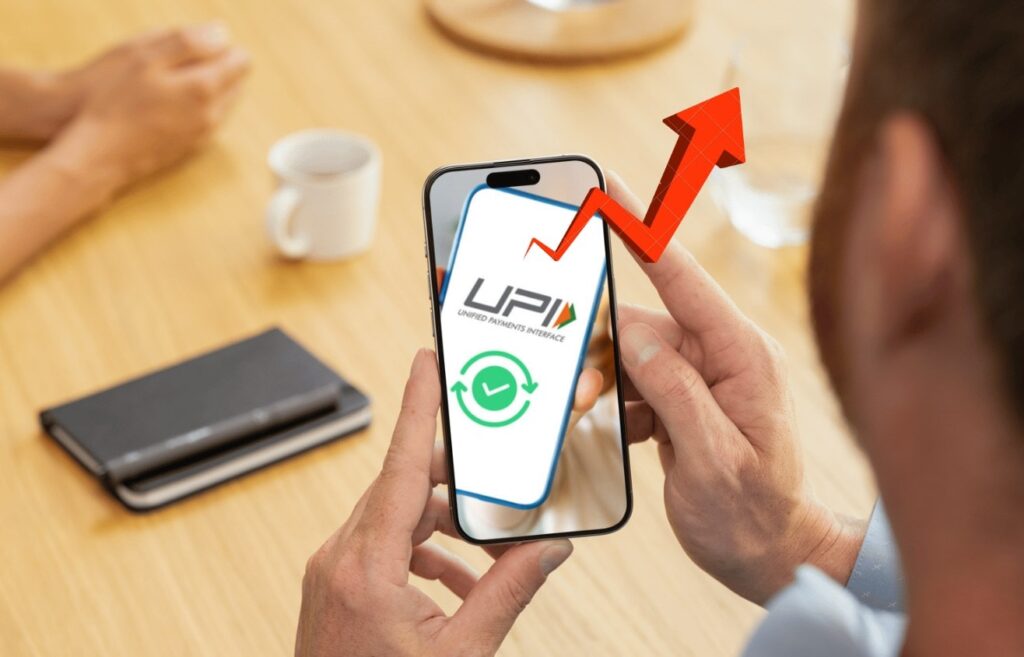
For Payment Aggregators
- Increased Operating Costs: Aggregators must now absorb or find ways to offset the increased cost per UPI transaction.
- Potential Fee Pass-through: Some may eventually charge merchants premium fees for instant settlements, advanced features, or high-volume collections, though most are not doing this yet.
For Merchants
- No Immediate Fee Directly: Most will remain unaffected if they use standard UPI settlement through their own bank accounts.
- Indirect Cost Risk: If aggregators revise business models, merchants might face new platform fees, reconciliation fees, or charges for value-added services.
For Consumers
- No Change for Users: The UPI zero-MDR policy ensures person-to-person and most merchant transactions remain free for everyday users.
- Sustained UPI Growth: The policy preserves friction-free digital payments, a core driver of UPI adoption and financial inclusion.
What Should Merchants and Aggregators Do Now?
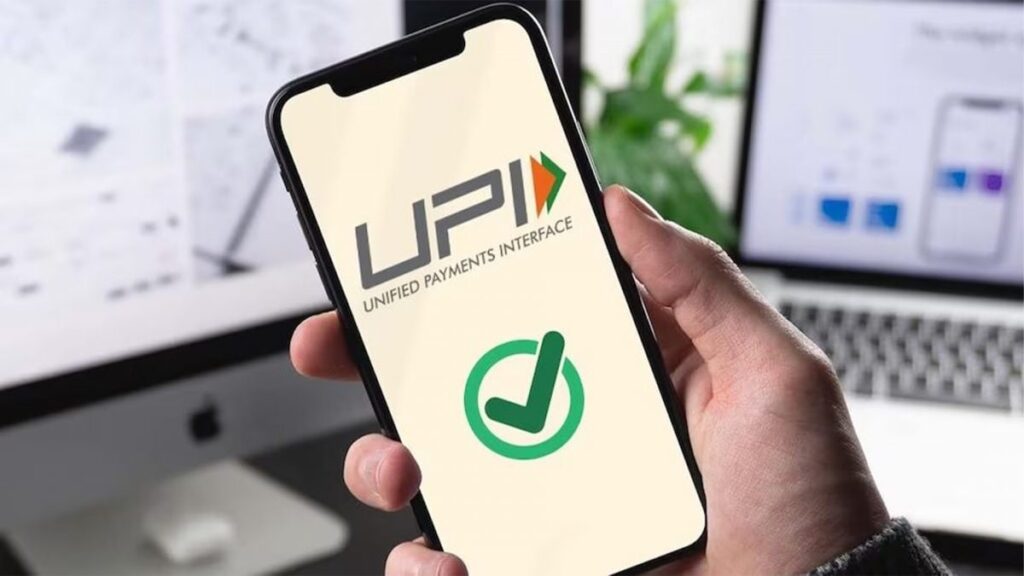
For Merchants:
- Review your settlement arrangements—if you work with aggregators, check how your UPI funds flow and clarify any potential changes in fees.
- Consider the benefits of a direct ICICI Bank account if your volume is high, as it may exempt you from aggregator fees.
For Aggregators:
- Assess operating margins and inform your merchant partners if any pricing changes become necessary.
- Invest in technology to keep backend costs in check and compete on service.
The Bottom Line on UPI Transaction Charges in 2025
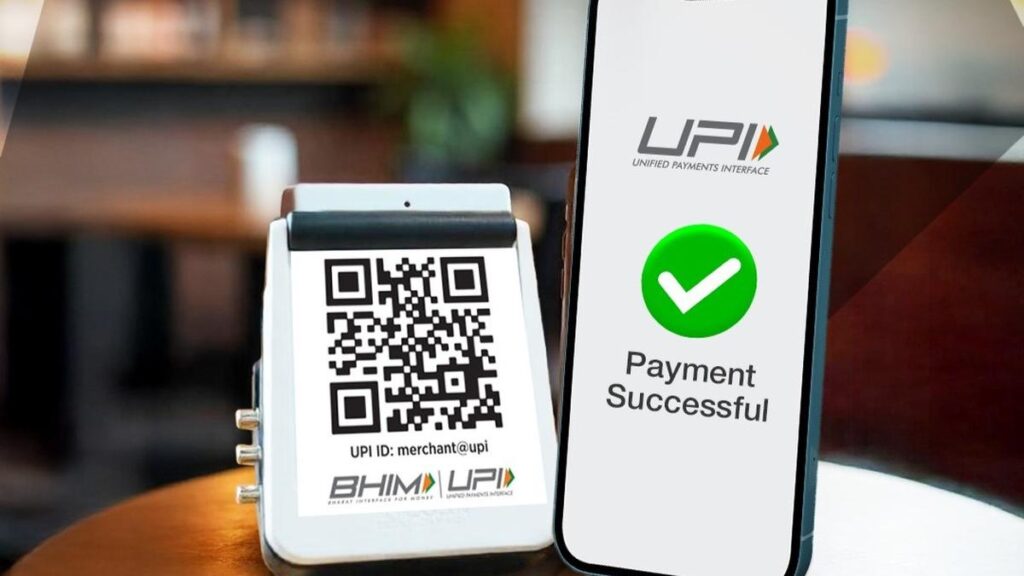
End users and most merchants pay nothing for UPI transactions—the new charges fall entirely on payment aggregators, with a well-defined and capped fee structure.
ICICI Bank, Yes Bank, and Axis Bank have now harmonized backend UPI fee models for aggregators, setting the template for the broader market.
The UPI zero-MDR framework remains in place, but payments industry stakeholders should watch for changing bank policies and evolving aggregator business models.
Frequently Asked Questions: 2025 UPI Transaction Charges
Q1: Will All UPI Transactions Attract These Charges?
Ans: No. Only transactions processed through payment aggregators are affected. UPI payments settled directly into merchants’ bank accounts with ICICI Bank are exempt from the new charges
Q2: Why Are Some Banks Not Charging These Fees?
UPI ecosystem economics are in flux; decisions vary by bank based on transaction volumes, cost structures, and market share. ICICI, Yes Bank, and Axis Bank are the first movers; others may follow depending on industry trends and regulatory signals.
Q3: Could Merchants or Consumers Be Charged in the Future?
Currently, the government’s zero-MDR mandate protects both groups. However, as banks and aggregators optimize business models, there’s potential for added service charges for instant settlements, premium analytics, or other benefits. This will depend on market competition and regulatory oversight.
Final Thoughts: 2025 UPI Transaction Charges
The new charges apply to payment aggregators, not to everyday UPI users or merchants who settle directly with the bank. This move is mainly about banks covering their operational costs for payment processing infrastructure, and, for now, UPI remains free for most consumers and businesses. From- Fincart
